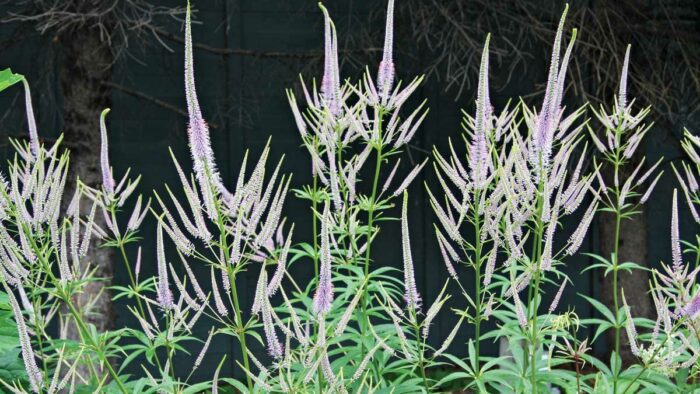
As garden centers start to open their doors for the season (and we get ready to run into them with open arms), we decided to ask some regional experts what plants are on the top of their shopping lists this year. These wish list plants are undoubtably beautiful, but many are also hardy, resistant to diseases and pests, long bloomers or more compact than other varieties. In other words, before you check out these four must-have plants for the Northern Plains, you’ll want to find some more space in your garden.
1. Illini Warrior’ peony
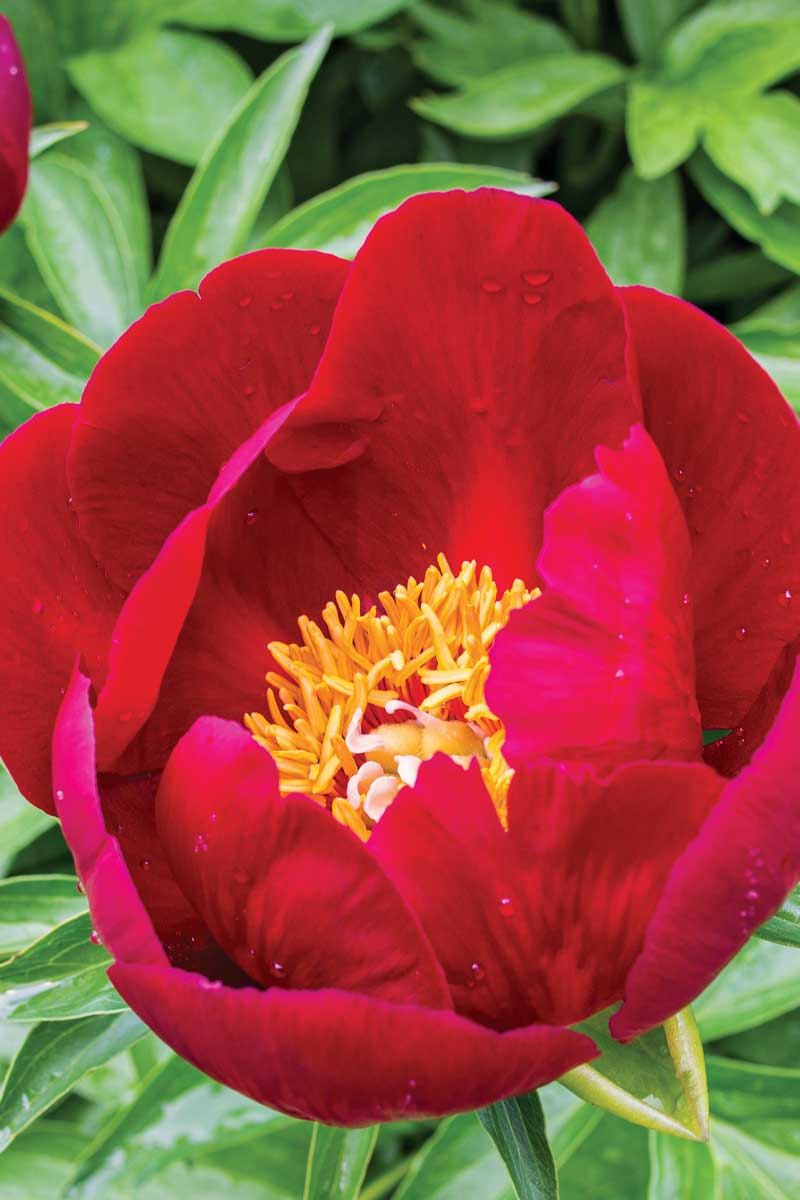
Name: Paeonia ‘Illini Warrior’
Zones: 3–8
Size: 3 feet tall and wide
Conditions: Full sun; well-drained soil
Native Range: Hybrid
Although I have always been a sucker for plants with deep saturated colors, I have struggled with placement, as they tend to recede into the background. Thus, I was very excited the first time I saw ‘Illini Warrior’ beaming out from the middle of a border; it grabbed my attention and drew me over from the other side of the garden for a closer look. Its single flowers are the most beautiful burgundy red, with huge bosses of brilliant yellow stamens that provide a veritable banquet of pollen for bees. ‘Illini Warrior’ first hit the market in 1955 and remains a somewhat elusive but popular variety.
2. ‘ElDorado’ feather reed grass
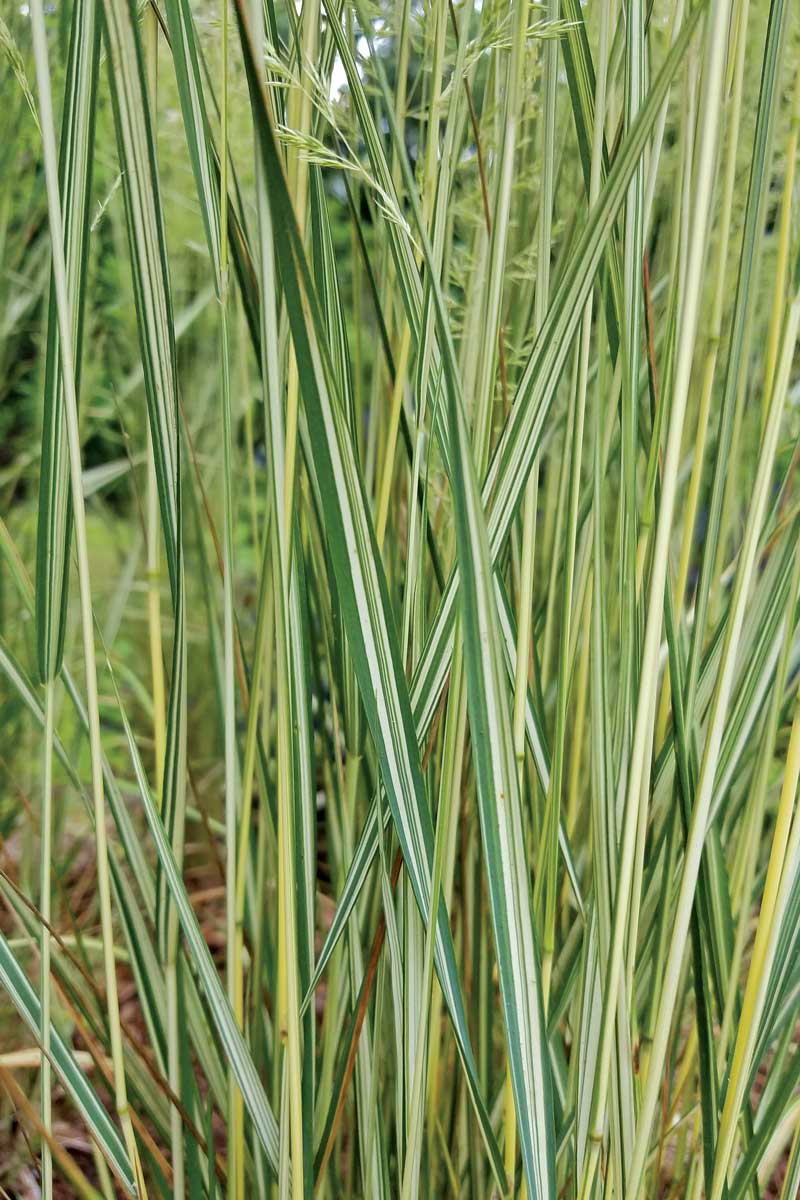
Name: Calamagrostis × acutiflora ‘Eldorado’
Zones: 4–9
Size: 3 feet tall and 2 feet wide
Conditions: Full sun; well-drained soil
Native Range: Hybrid of European and Asian species
Grasses are the workhorses of my garden, so I was excited to find this newer and more petite cousin of the arguably overused ‘Karl Foerster’ (C. × acutiflora ‘Karl Foerster’, Zones 5–9). ‘Eldorado’ has the same lovely upright form but sports a bright yellow stripe down the center of each narrow green blade. Its compact size makes it the perfect partner for midsize perennials, and the durable tan seed heads hold up well over the winter, providing interest in the windswept landscape. While it is listed as hardy to Zone 4, and ‘Karl Foerster’ as hardy to Zone 5, both have survived many winters in my exposed Zone 3 garden.
3. ‘Gold Heart’ bleeding heart
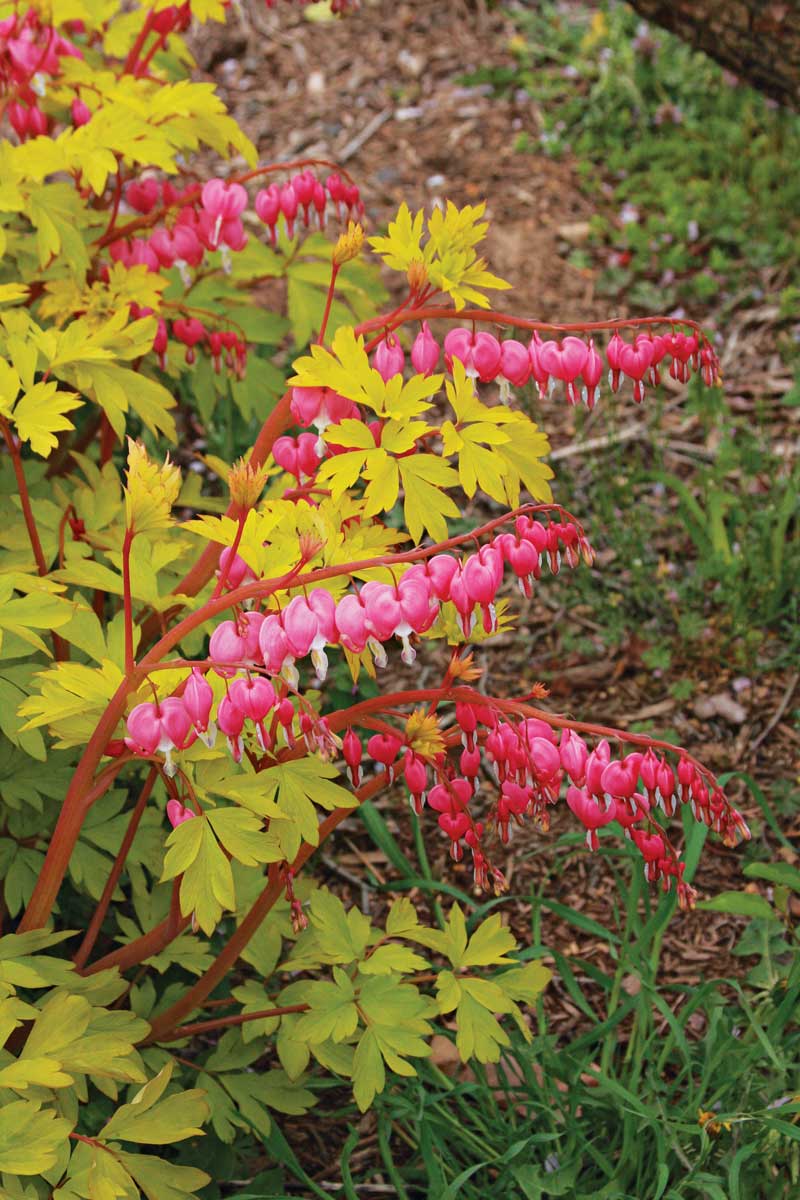
Name: Lamprocapnos spectabilis ‘Gold Heart’
Zones: 3–9
Size: 2 feet tall and 2 to 3 feet wide
Conditions: Partial to full shade; moist, fertile, well-drained soil
Native Range: Japan
Bleeding heart, an old-fashioned favorite on the prairies, is pretty while in bloom but rather dull afterward. Enter ‘Gold Heart’, a gorgeous introduction with golden foliage that glows in the shade garden. Long wands of pink-and-white heart-shaped blooms grace the plant for up to six weeks in spring. The peach-colored stems often pick up the pink tones of the flowers, creating a soft rosy glow from the interior of the plant. Given adequate moisture and humusy soil, it will continue to shine until midsummer, when it goes dormant.
4. ‘Fascination’ culver’s root
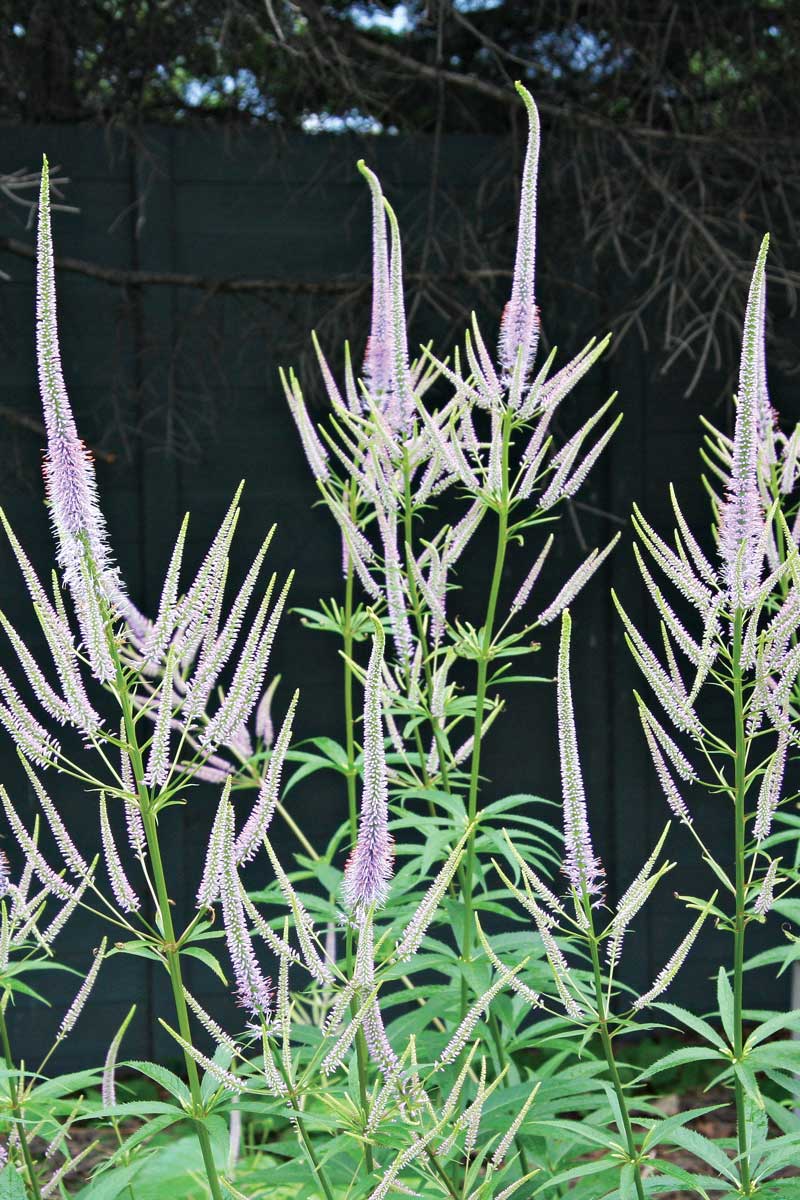
Name: Veronicastrum virginicum ‘Fascination’
Zones: 3–8
Size: 4 feet tall and 3 feet wide
Conditions: Full sun; dry to moist, well-drained soil
Native Range: Northeastern North America
It was love at first sight when I encountered ‘Fascination’ on a garden tour. The impressive, multibranching inflorescenses on sturdy stems create a soft lavender haze that attracts bees and butterflies. Culver’s root is a member of moist tallgrass-prairie ecosystems, so it pairs perfectly with other tallgrass prairie perennials such as Joe Pye weed (Eutrochium purpureum and cvs., Zones 4–9) and switchgrass (Panicum spp. and cvs., Zones 3–9). It takes a while to settle in, but once established Culver’s root is an easy-care perennial with presence that’s perfect for the back of the border.
Elaine Rude is the owner of Paintbrush Garden Design in Calgary, Alberta.

















Comments
Log in or create an account to post a comment.
Sign up Log in